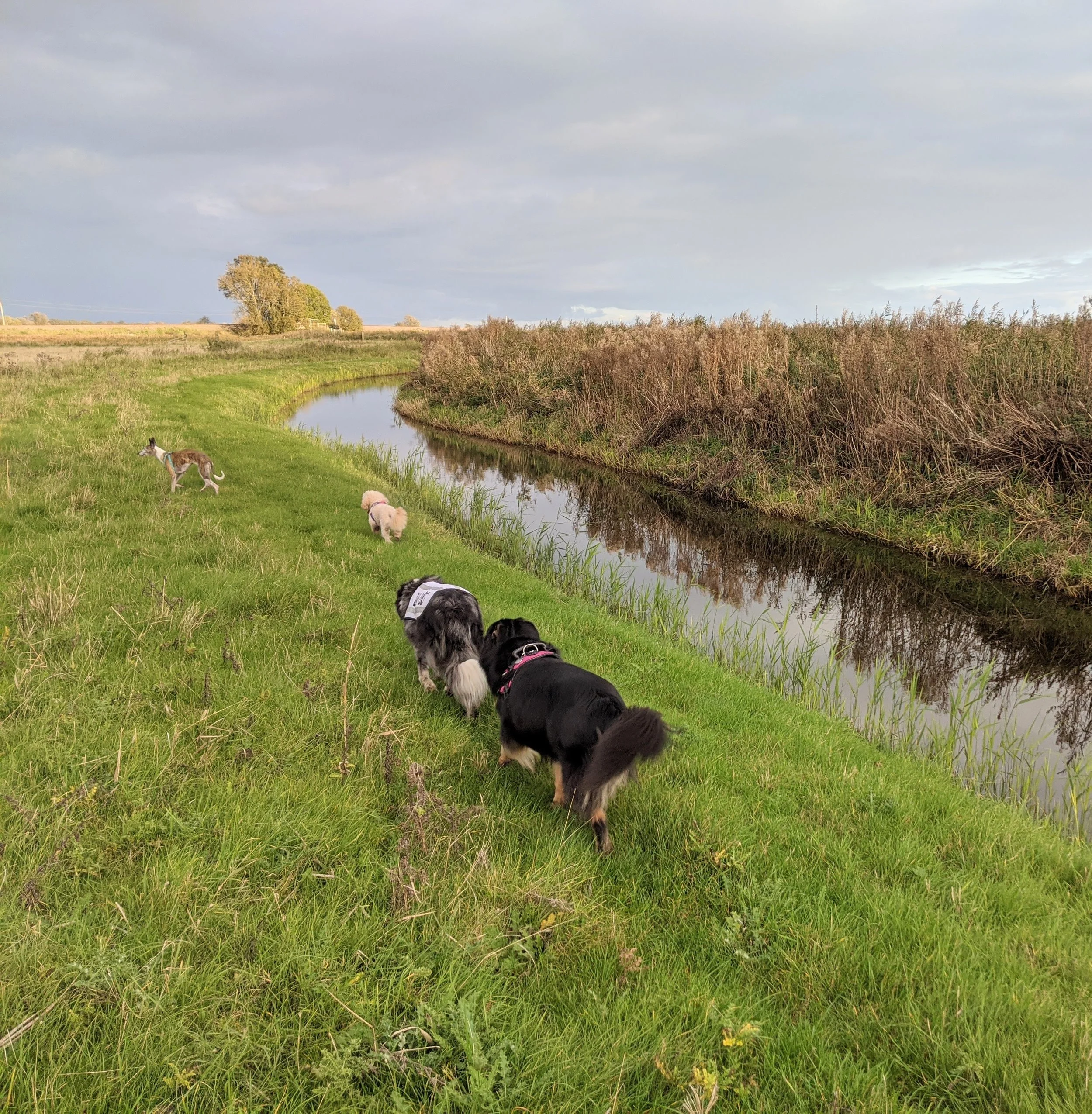She’d left it on the kitchen worktop, out of reach of her dog Jacko - or so she thought! She came back from her phone call to see the dog in his bed, his face festooned with frosting, polishing off the last remains of the cake.
This thieving happened regularly, which showed that Sally was a bit of a slower learner than Jacko!
For some dogs it’s “counter-surfing” - stealing food from the kitchen worktops. For others, it’s anything they can snatch up from the floor. It could be the children’s toys, stones from the drive, or ice cream from a child’s hand.
Oh, and don’t forget dead things they find on country walks which will make them sick on the carpet later.
There’s also the safety issue of sharp things, poisonous things, and medications. It could be jumping out of the car as soon as the door is opened a crack, crashing through doors at home, barging past you on the stairs to trip you up, or leaping about like a thing possessed when you mention the word “walk”. Then there’s barking at the window, yipping at other dogs playing, and whining for dinner.
All stem from the same issue - lack of impulse control.
See it - gotta have it!
We have no problem teaching our children how to control their desires - so why do we struggle with dogs? Perhaps people tend to think they can’t expect anything better. “It’s only a dog,” they tell themselves. As you probably know if you’ve reared children or managed staff - what you expect is what you get!
Dogs can learn just as well as children can. In the wild, they would need to learn self-control in order to survive in a competitive environ- ment. Puppies learn early not to interfere with big brother’s dinner, and organising a hunt can involve days of hunger, stalking, and patience. In their natural state, dogs are opportunist scavengers. A whole cake just above nose level? Obviously a prize for the dog.
There isn’t a moral issue here. Until you teach her what’s what, any food is fair game for your dog.
Dogs don’t do things to spite their owners! Dogs do what works.
If swiping the cake off the counter tastes good, then they’ll do it again and again. Why shouldn’t they? But it doesn’t mean that your house has to be in permanent lockdown for the next fifteen years.
● Would you like to be able to leave food out wherever you want, secure in the knowledge that your dog won’t touch it?
● Would you like to have a dog who sits calmly to have the lead put on when you’re getting ready for a walk?
● How about waiting at the top of the stairs to be released, rather than charging down to trip you up?
● Keeping their feet on the floor when visitors arrive?
● Or leaving those tasty and dangerous slugs and pebbles well alone?
I hear you thinking, “This must involve loads of different training techniques. I’ll be forever training my dog new things when all I want is a companion dog and a quiet life!”
Nope. It’s just the one thing: Impulse Control …
You can enjoy this book in ebook or paperback here, or audiobook direct from the author here.
Choose your poison! And do let me know how you get on!
By the way, for English readers, here’s a load of money off a super food I regularly use and here’s another where you can get a big discount using this link - they provide high-quality fishy treats and foods, which are firm favourites with my crew!















